The guardianship of trees bearing delectable fruits is indeed a complex tapestry, woven with numerous threads. The most conspicuous among these are the strategies aimed at disease prevention and control, which often hold sway over other elements. These woody plants of bounty are frequently under siege by intrusive interlopers who threaten their vitality and fruitfulness, necessitating an intervention spearheaded by potent fungicides.
Fungicides emerge as unsung heroes in this narrative, launching a robust defense against the onslaught of various fungal maladies to which our fruit-bearing friends seem all too susceptible. This preemptive approach goes beyond mere protection – it amplifies yield while extending the lifespan of these leafy giants.
Enter copper spray for fruit trees – a protagonist that enjoys widespread acclaim across global horticultural communities. This household name rises above its counterparts due to its proven prowess in taming an expansive range of fungal threats looming large over our precious orchards. As such, the deployment of this metallic warrior becomes inseparable from any well-rounded regimen dedicated to nurturing healthy trees.
Not only does it boost tree vigor but also augments the quality of fruits they bear and escalates overall productivity levels. Henceforth, one can indisputably assert that copper sprays weave themselves into the very fabric of comprehensive fruit tree care routines around the globe.
- Understanding the nuanced role of fungicides in fruit tree care is paramount. These essential tools act as protective barriers, shielding trees from a myriad of fungal diseases that can severely compromise their health and productivity.
- Fungicides are not just defensive mechanisms; they also play an offensive role by enhancing the yield and longevity of fruit trees. This dual functionality makes them indispensable in any comprehensive tree care strategy.
- Copper spray for fruit trees is one such fungicide that has garnered international recognition for its effectiveness against a broad spectrum of fungal threats. The use of this potent agent forms an integral part of successful orchard management practices worldwide.
- Beyond disease prevention, copper sprays contribute significantly to improving the vigor and vitality of fruit trees. They boost overall plant health which directly translates into better quality fruits and increased production levels.
- As such, it becomes evident that copper sprays are woven deeply into the fabric of global horticultural routines. Their widespread usage underscores their importance as vital components within holistic approaches towards maintaining healthy, productive orchards.
In conclusion:
- Fungicides serve both defensive and offensive roles in protecting our beloved fruit-bearing plants.
- Copper sprays stand out due to their wide-ranging efficacy against numerous fungal pathogens.
- The use of these metallic warriors enhances tree vigor while simultaneously improving fruit quality.
- Therefore, incorporating fungicides like copper spray forms a crucial part of comprehensive strategies aimed at nurturing robust fruitful trees on a global scale.
The Role of Copper in Plant Health
Copper, acknowledged as a vital micronutrient, is intertwined in an array of metabolic operations significant for plant vitality. It nurtures absolute maturation by dynamically engaging in photosynthesis, enzyme ignition, protein creation, and overall plant metabolism. In the context of fruit trees specifically, the deployment of copper ascends to paramount importance for preserving their comprehensive health. To address directly the inquiry “Am I able to apply copper spray on fruit?” – indeed you can; it’s a widely practiced method with deep historical roots.
The application of copper spray on fruit has emerged as an indispensable ritual within the agricultural sector primarily due to its antifungal attributes. This practice offers protection for our fruitful green giants from various ailments including bacterial and fungal intrusions. Further still, when used as an antifungal agent, copper bestows immense benefits towards crop resilience and yield augmentation while also invigorating the tree’s overall strength and well-being. Henceforth applying this copper-based concoction on your leafy companions not only imparts safety but also greatly enhances disease control leading ultimately towards healthier fruits.
Types of Copper-based Fungicides
Perplexing as it may seem, copper-based fungicides indeed bifurcate primarily into two genres – the perennial favorite fixed copper and the avant-garde copper soap. Fixed copper fungicides such as Bordeaux mixture, et al., bask in popularity due to their enduring residual effects. These stalwarts are scarce to be rinsed off by precipitation or irrigation, effortlessly adding a protective veil over plant exteriors.
Contrarily, you find that our journey takes us towards an intriguing realm of the new-age generation of copper fungicides – Copper soap or more scientifically put, Copper Octanoate. It entices with its heightened solubility prowess and negligible phytotoxicity potential.
An oft-repeated conundrum related to these mystifying sprays encompasses edibility post-application: “Can we partake fruit after it has been sprayed with a copper solution?” This query is certainly deserving of attention and contemplation.
Post application of these cryptic yet beneficial copper sprays, there exists an implicit rule for cultivators and garden enthusiasts alike – they must adhere religiously to the waiting duration specified on the container label before proceeding towards harvesting their produce. The underlying objective lies in certifying that any lingering traces of potentially harmful metallic residue remain within safety thresholds permissible by health standards.
A crucial point worthy of remembrance amidst this whirlwind exploration is that while these elusive sprays come bearing myriad boons; meticulous application coupled with stringent safety precautions should always be employed without exception. This approach can culminate in reaping maximal benefits whilst simultaneously tapering down potential hazards.
Effective Use of Copper Sprays in Different Seasons
The utilization of copper sprays as a fungicidal solution, while seemingly straightforward, can be a conundrum depending on the unique requirements of your fruit tree and the idiosyncrasies of each season. The broad consensus nudges towards employing these sprays during the dormant season – think late winter or early spring – before budding begins. Why so? One must comprehend that copper operates as a prophylactic fungicide; its efficacy peaking when it can exterminate fungal spores prior to their germination. Thus, we find ourselves wrestling with this crucial query: “When should I deploy copper fungicide?” Answering this riddle could prove decisive in bolstering your fruit tree’s health and productivity since preemptive actions are potent weapons against impending disease outbreaks.
Yet, one mustn’t fall into the trap of thinking that copper spray usage is confined solely to the dormant period. In scenarios where Mother Nature has been overly generous with rainfall thereby creating an environment ripe for fungal proliferation, our trusty copper sprays may need to join forces during the growing season too in order to keep plant maladies at bay. However, such interventions demand finesse lest they tip over into causing a toxic overload due to excessive copper concentration and thus should be supervised by experts or extension services.
Therefore, recognizing when your green charges are crying out for some Cu assistance coupled with grasping its modus operandi plus getting timing spot-on – all these elements play pivotal roles in ensuring optimal health for fruit trees across varying seasons.
Benefits of Using Copper Sprays on Fruit Trees
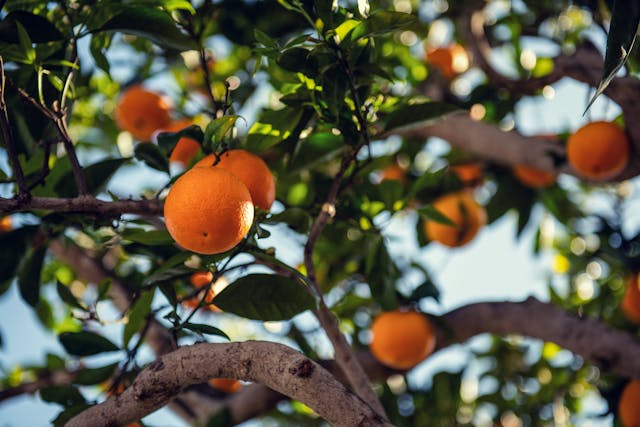
Copper mists, venerated for their manifold function in the guardianship of fruit trees, serve not merely as a protective shield but also partake crucially in overall plant vitality. When the intriguing enigma arises, “Which is the supreme chemical to mist on fruit trees?” copper-infused sprays unarguably hold an eminent position amongst the top challengers. Their superior potency against a broad spectrum of detrimental fungi and bacteria which endanger the wellbeing and yield of fruit trees secures them this distinguished standing.
Moreover, copper mists present an unequivocal merit by being compatible with organic farming due to their minimal toxicity towards humans and beneficial insects. They are substantiated to be fairly eco-friendly since they decompose organically within nature and refrain from bioaccumulation. Further amplifying their allure is their resilience in diverse weather patterns, enduring residual effect, and adaptability when mingled with other products targeting disease and pest regulation; all these elements contribute immensely to burgeoning global popularity amidst horticulturists for these copper solutions.
Potential Risks and Precautions with Copper Sprays
Though the bountiful boons bestowed by copper sprays upon fruit tree vitality are substantial, there looms potential danger when these fungicidal agents are wielded without due diligence. Overzealous or misdirected application of this metallic mist can precipitate a state of phytotoxicity – an ominous event marked by discolouration, wilt, leaf scorch and even in dire circumstances, demise of the plant-life it was intended to protect. The gravity of such outcomes is magnified considering copper’s crucial contribution to bolstering plant defences and fending off fungal foes.
To sidestep such perilous pitfalls associated with its usage, certain safeguards should be observed with utmost care. It is imperative to integrate the right measure as outlined by manufacturer’s guidelines and dictated by environmental dynamics so as not to let copper accumulate excessively in the soil – a scenario that could spell disaster for our delicate ecosystem. Furthermore, users should cultivate a routine rotation with other fungicides – a strategy aimed at curbing any resistance build-up amongst those pesky pathogens. To round it all up, donning suitable protective attire during deployment will deter direct dermal or ocular contact with the spray.
By maintaining constant vigilance and unwavering adherence to these precautions one can assure that the advantages harvested from harnessing copper sprays significantly surpass any lurking hazards.
Comparing Copper Sprays with Other Fungicides
Copper sprays, in the grand scheme of combatting fruit tree maladies, occupy a singularly advantageous position when juxtaposed with different fungicides. With roots deeply embedded in nature, copper sprays carry out their function without putting undue strain on our environment; a virtue conspicuously absent from many synthetic counterparts. They are celebrated for their unique prowess to fend off an array of diseases and are lauded as “contact fungicides”. This implies they annihilate pathogens they come into direct contact with while erecting a protective shield against further fungal or bacterial expansion.
However, upon closer inspection and comparison emerges an intricate web where the selection of any particular fungicide is insidiously dependent on countless variables. Unlike numerous systemic fungicides that infiltrate deep within the plant’s system spreading far and wide to tackle infections lurking beneath the surface, copper-based ones can only address ailments at superficial levels thus limiting its utility spectrum. Moreover, leaning heavily on these copper sprays could trigger a domino effect leading to accumulation of toxic levels of copper not just within the plant but extending its harmful reach even unto surrounding soil-life.
In spite of these seemingly daunting challenges facing them head-on, the persistent effectiveness coupled with minimal environmental impact drives home why copper sprays continue to be favored amidst an expansive landscape teeming with various fungicides.
FAQ
The importance of fungicides, particularly when it comes to caring for fruit trees, cannot be overstated. They serve as a barrier against and solution for fungal diseases that have the potential to not just harm the tree but also drastically bring down fruit yield.
Copper’s role is pivotal in ensuring plants are healthy. As an essential trace element, it is involved in various physiological processes within plants such as photosynthesis and metabolism which drive growth and development.
There exists a diversity among copper-based fungicides. Bordeaux mixtures, copper hydroxide, copper oxychloride and copper sulfate remain at the top among most commonly used types.
The efficacy of using copper sprays hinges largely on timings – varying frequency based on seasons – concentration levels tailored to specific plant needs or existing diseases. More often than not they are employed during dormant stages or early periods of growth.
Numerous benefits spring forth from using cooper sprays; chief amongst them being its ability to control an array of bacterial and fungal maladies affecting fruit trees. This invariably results in better quality fruits with higher yields while boosting overall tree health. Q[ Are there any possible risks linked with employing these sprays? A] While generally safe if applied judiciously, overuse or high concentration may lead to phytotoxicity – essentially damaging the very plants we aim protect – or even affect beneficial microorganisms adversely.
Copper Sprys typically enjoy favouritism owing their broad-ranging disease control capabilities coupled with residual protective effects. Nonetheless, other fungicides might be chosen over copper ones when dealing specific disease or potential resistance to copper. The final choice of fungicide should always cater to the plant’s specific requirements and susceptibilities.
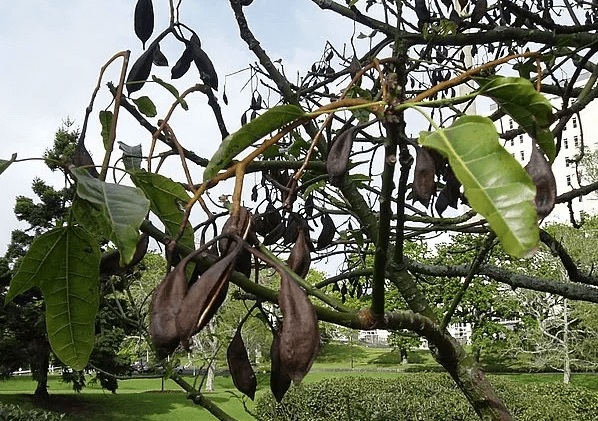
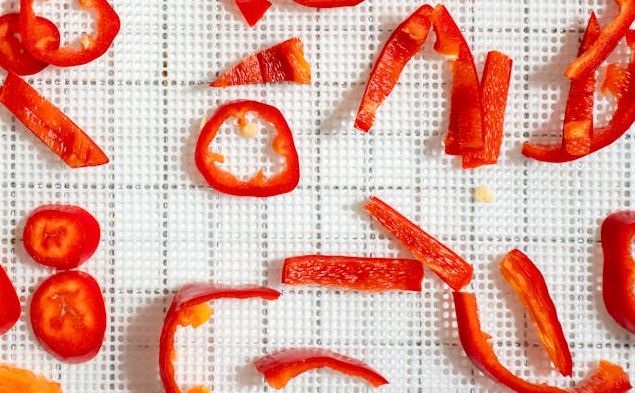
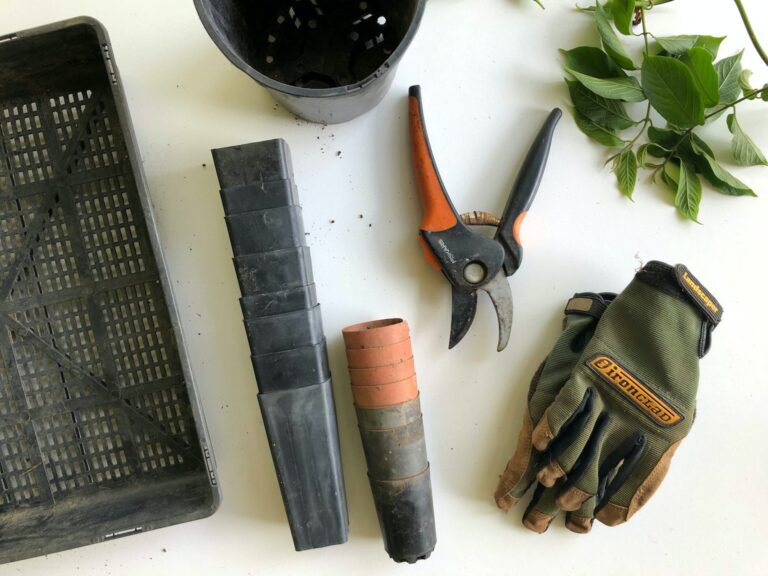
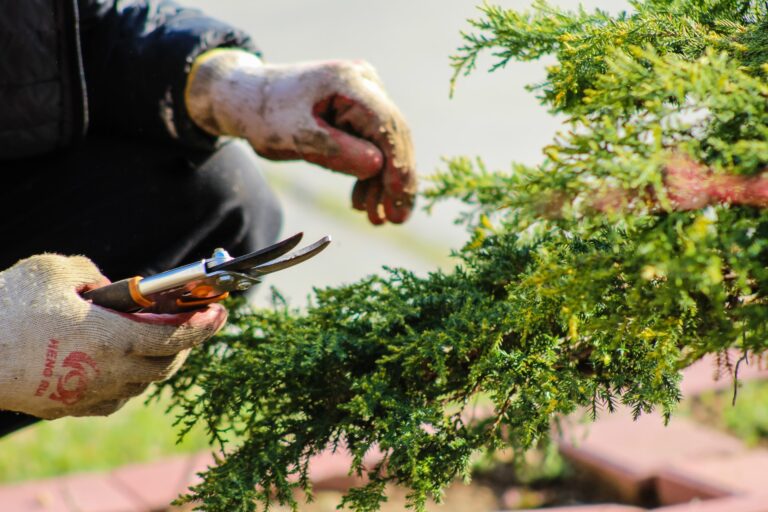

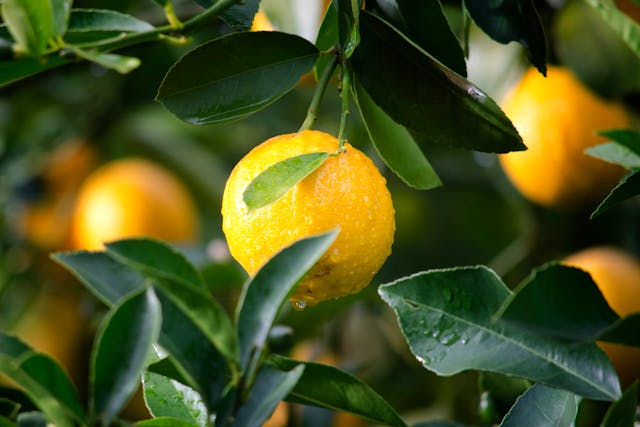
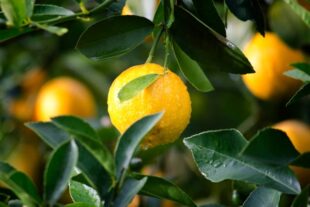

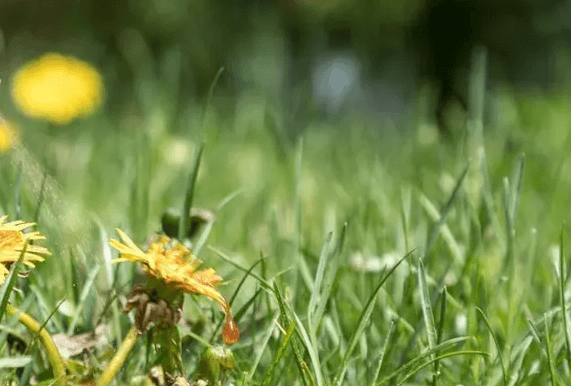

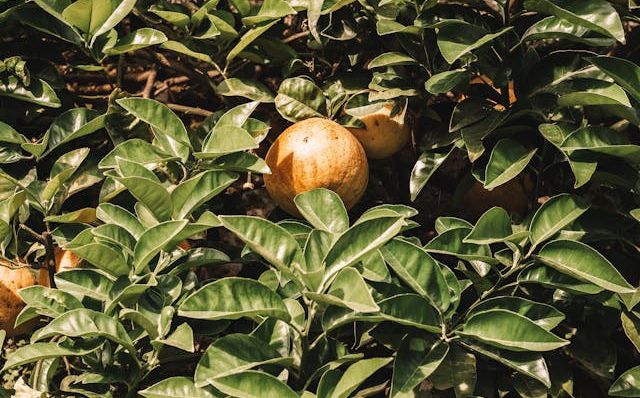

+ There are no comments
Add yours